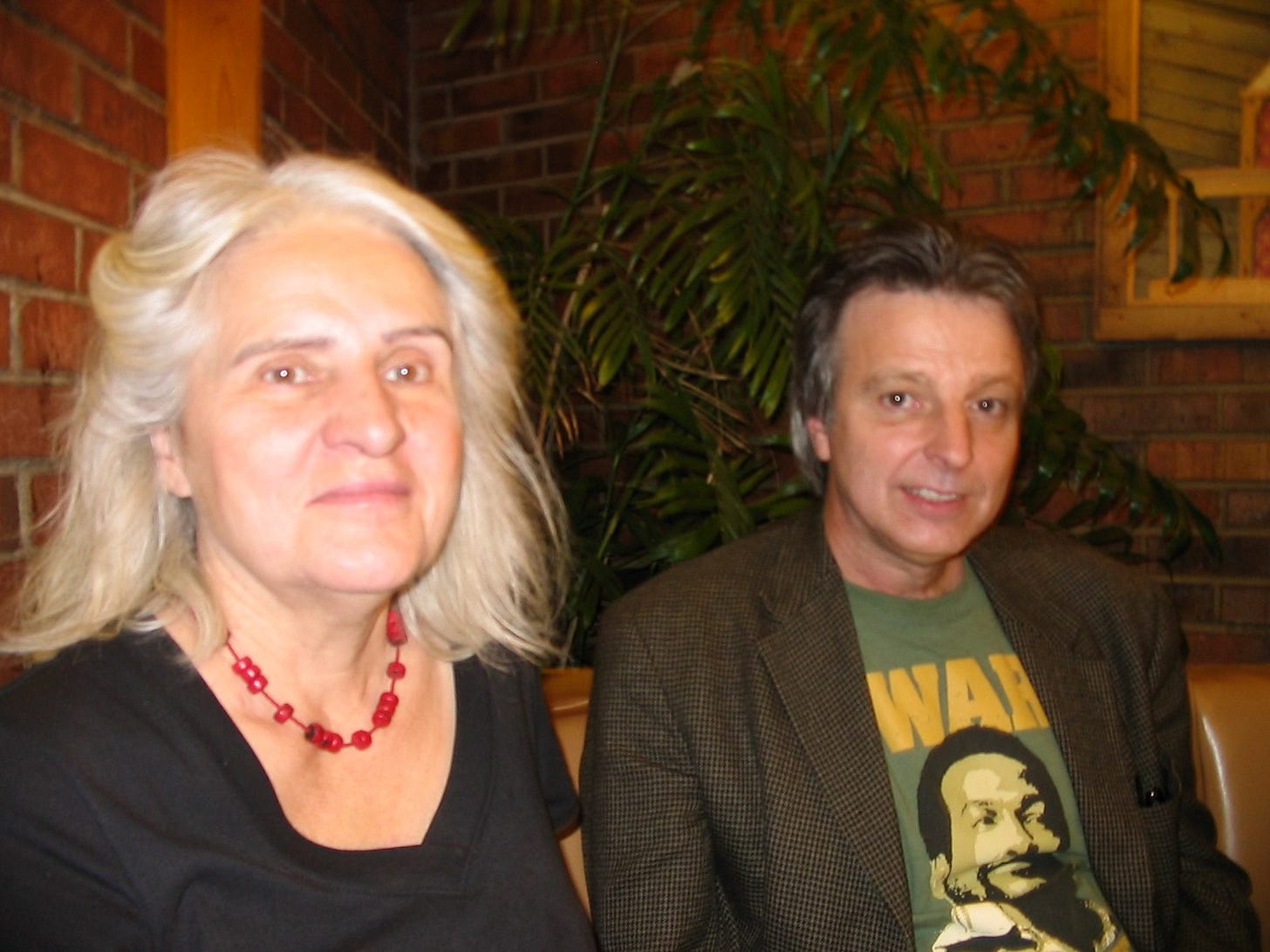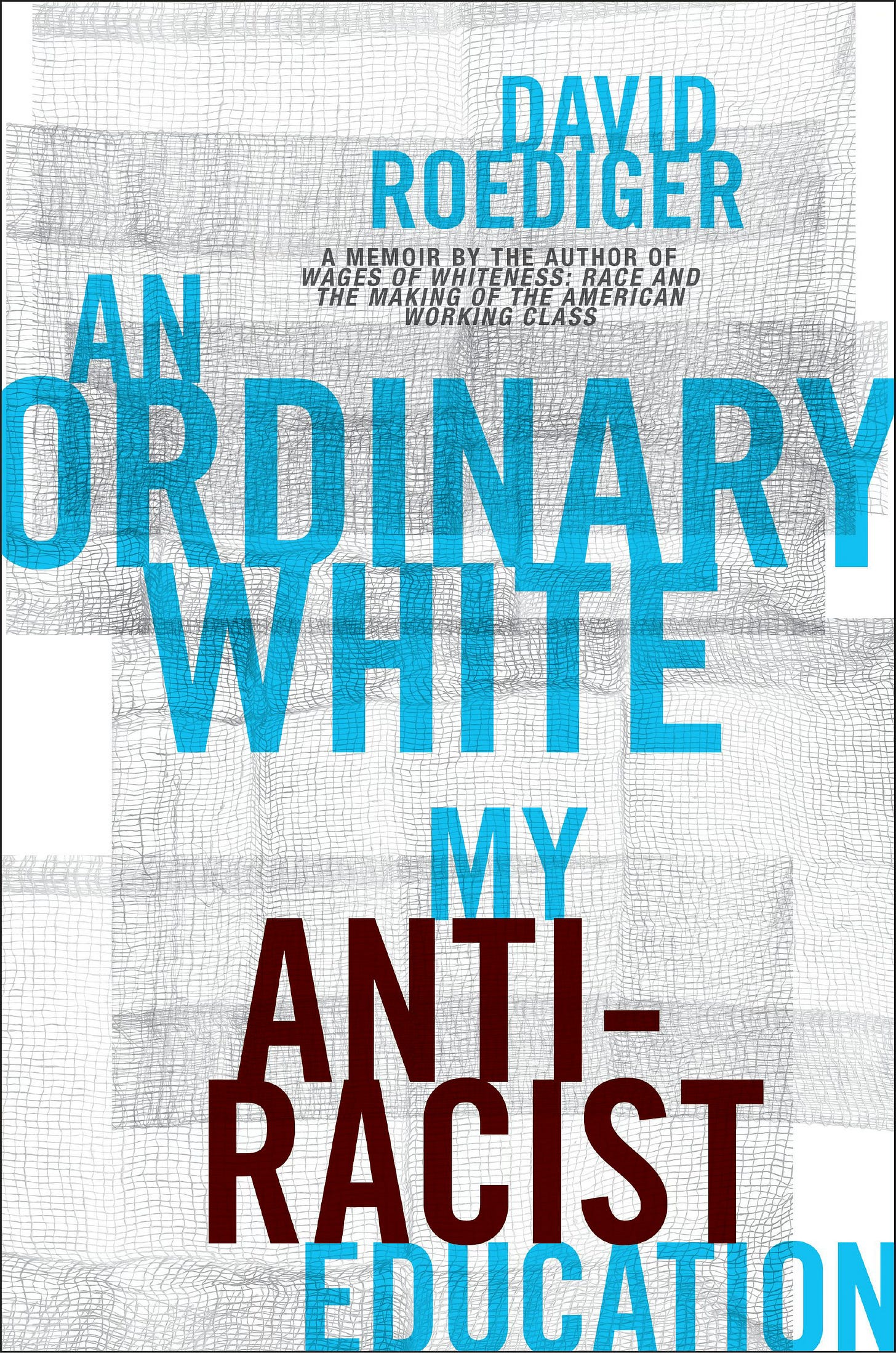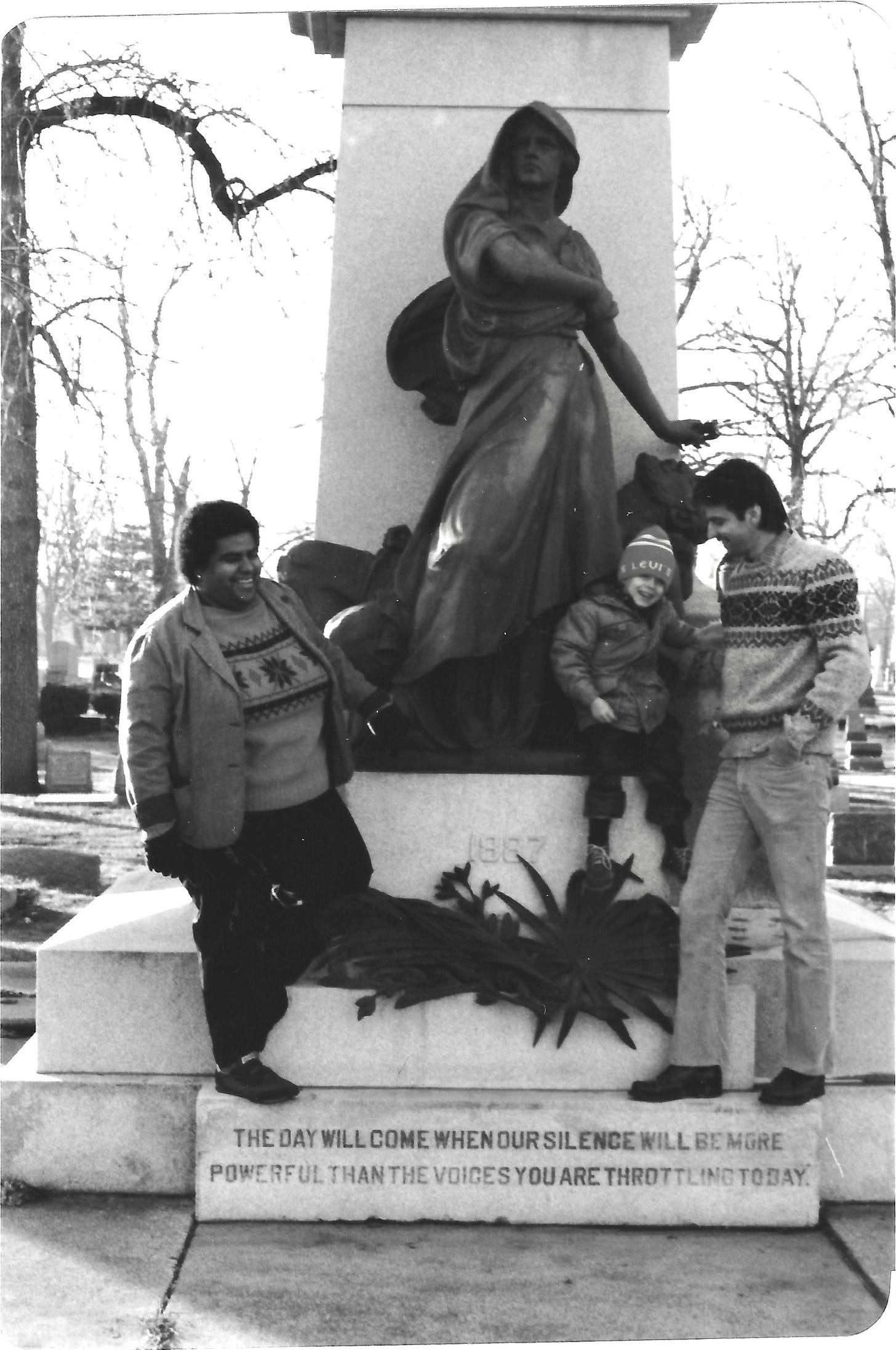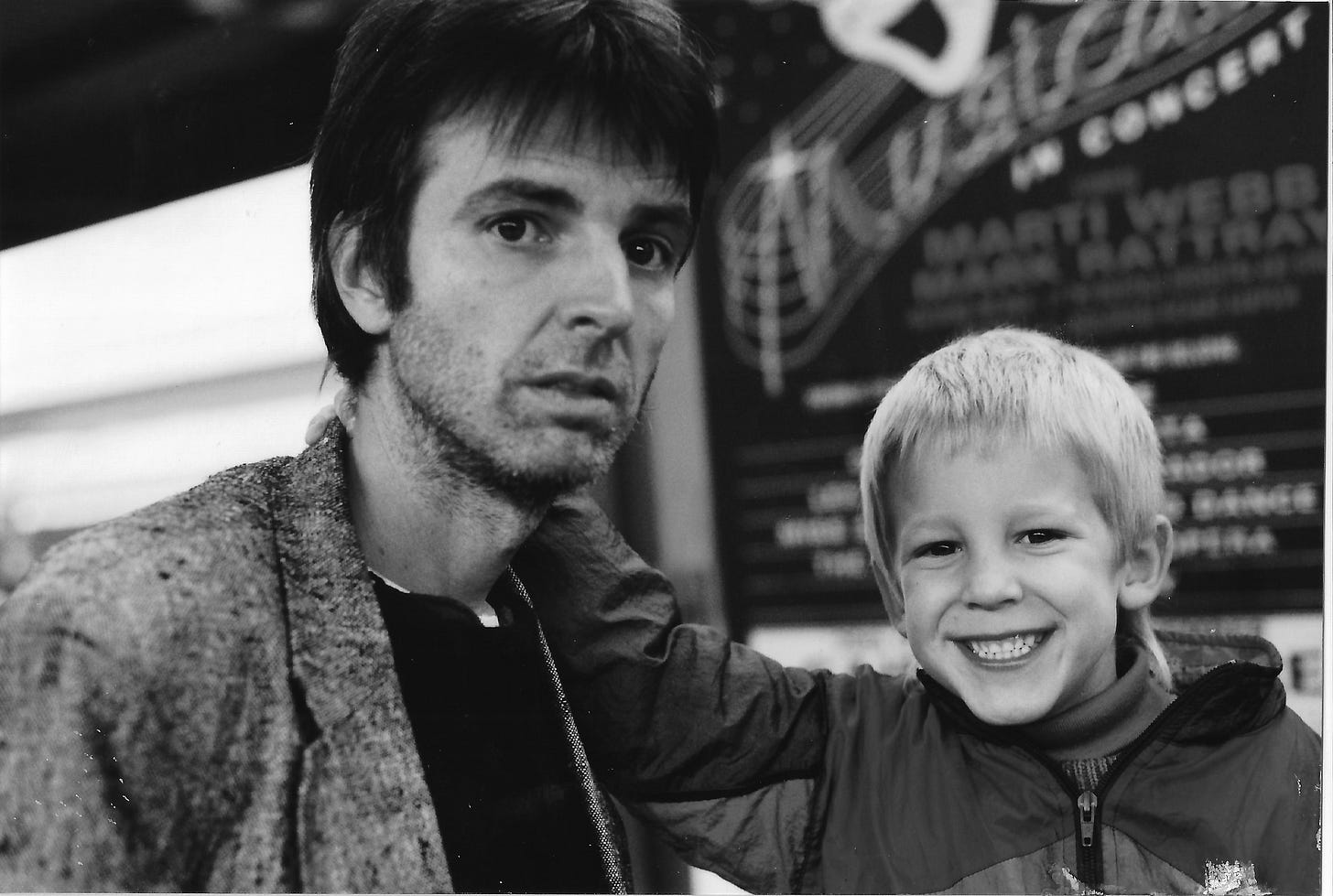I’m pleased to have a guest post from my colleague , who’s in conversation with David Roediger. Here’s Julia:
Renowned historian David Roediger has written nine books on race and class, including the landmark 1991 work The Wages of Whiteness. But his tenth book, published on March 4th by Fordham University Press, takes on a personal perspective. The memoir, titled An Ordinary White: My Anti-Racist Education, details Roediger’s intellectual and political evolution, from growing up in southern Midwest sundown towns to becoming a leading figure in working-class history and whiteness studies. He answered these questions by email to introduce An Ordinary White, which asserts that critiques of racial capitalism can be drawn from everyday life.
Considering current events (the re-election of white supremacist-backed Donald Trump, his campaign to dismantle DEI, etc.), works like yours are more important than ever. Could you introduce what anti-racism is?
Anti-racism opposes personal prejudice and slurs as well as longstanding, persisting structural disadvantages that limit the opportunities of those who are not white. The impetus towards contesting racism originated and has most vitally lived among the oppressed themselves. White anti-racism has an important history both among those moved by morality and those finding white advantages too meager and choosing to struggle, for example around class issues, in alliance with people of color.
You have written several books about whiteness and race. Why have you now decided to take the approach of a memoir?
I’m trained as an historian of the 1800s in the US. I was surprised when my work even extended into the twentieth century and writing an autobiography would have shocked me even a decade ago. A treasured former editor, Colin Robinson, first pressed me in that direction in the 1990s, pitching it as a memoir of the New Left more than of academia. The death of my mother, at 100, in 2022 set me to writing about her and thinking about how she moved towards anti-racism and class consciousness together. Gradually I realized this was my story too and writing personally gave me a way to discuss not only how the habits of whiteness persist but also how they sometimes give way.
Can you tell us more about your mother—what do you mean when you say she “moved towards anti-racism and class consciousness together”?
My mother was raised in a working class home, and as an orphan, in Cairo at the southernmost tip of Illinois, a Democratic outpost in Republican downstate Illinois. But it was the sort of Democratic politics identified with the segregationist Democratic states further South. When she moved to more central Illinois at 19 to begin 49 years of school teaching, she was an odd and isolated Democrat in a very red place and thought teaching had gotten her into the middle class. In her 30s, raising me on her own, she warmed to the direct-action militancy of a nearby urban teachers’ union as an example of how to make gains and followed parts of the Catholic Church to more egalitarian racial positions.
What would you say to someone who is skeptical of anti-racism to encourage them to read your book?
Anti-racism has recently suffered from being seen as something brought by elites and bureaucrats to be forced on ordinary white people. But that has not always been the case and need not be. Participation in interracial movements for broad social changes, knowledge of unearned advantages based on race, and attraction to the culture and resistance of Black, Indigenous, and immigrant people have always been important in seeing to it that anti-racist conclusions, or at least glimmers of possibility, are also parts of the world of the ordinary white.
What has moved you the most throughout your work as a critical race theorist? Is there any anecdote or memory that comes to mind?
I turned to writing about white working-class identities as many did in the 1980s, reflecting on the so-called “Reagan Democrats”—former New Deal Democrats who voted for the conservative Republican Ronald Reagan, even as he threatened labor unions. I began to write on the role of race in pulling too many workers in that direction, realizing that my training in African American studies by the great historian Sterling Stuckey had exposed me to a long, profound critique of how “whiteness” had come over centuries to be so tragically valued even by poor and working whites. At the same time, I was giving classes to auto workers, steel workers, and social workers, mostly white Midwesterners, but in integrated, often union-sponsored, settings. Those discussions reminded me that those racially identified as whites were not only Reagan Democrats. Indeed, even Reagan Democrats were not only that.

Is there one piece of actionable advice you would like to give to your readers on how to work on anti-racism?
The book speaks to just a little, but significant, corner of that big question. Its limited answer is that we do not begin by measuring white working people’s views and possibilities according to their admittedly (though far from universally) dismal voting patterns in recent Presidential elections. Scarred by racism, their experiences, like mine, also pull them in other and better directions.
Could you share what you’re working on now?
I am working on something very different from An Ordinary White and in fact from all my other books. It is a study of the character of Friday in Robinson Crusoe as he evolved from being written as an Indigenous person—insofar as modern racial designations held in 1719 when the novel appeared—to being increasingly being represented as African American, especially on-stage, over the next 300 years.







